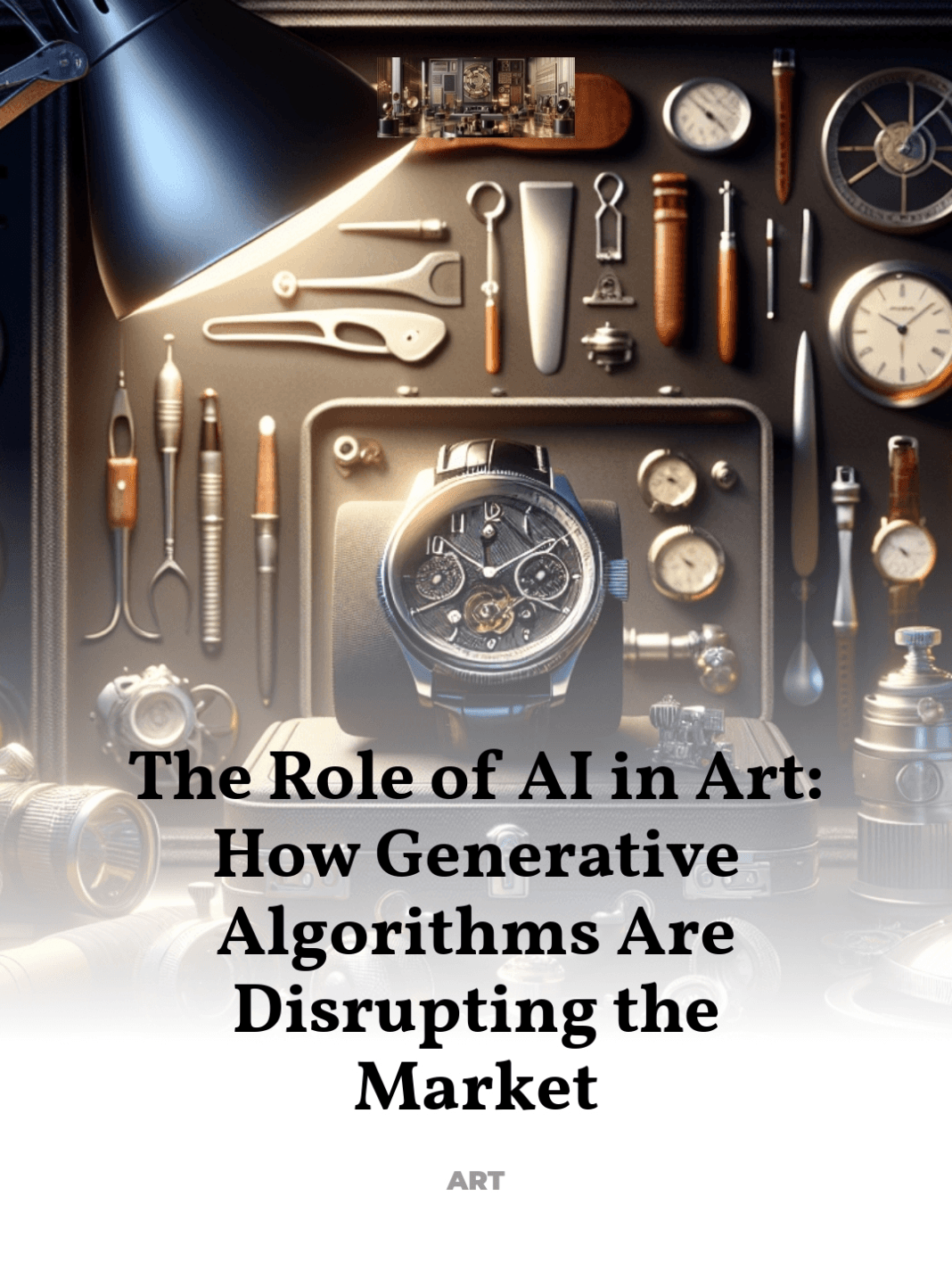The controversy and fascination surrounding AI-generated masterpieces
The intersection of artificial intelligence, algorithms and art is redefining the boundaries of creativity and craftsmanship. As AI continues to evolve, its impact on the art world has sparked both controversy and fascination, challenging traditional notions of authorship and artistic integrity while also opening new avenues for innovation.
- Understanding AI in Art
- Technological Innovations and Their Impact
- Cultural Implications of AI-Generated Art
- How AI is Disrupting the Art Market
- Ethical Considerations and Future Prospects
Understanding AI in Art
Artificial intelligence, particularly through generative algorithms, has become a powerful tool in the creation of art. These algorithms can analyze vast amounts of data, learn styles and techniques, and produce works that are increasingly complex and nuanced. From digital paintings to sculptures and even music, AI’s capabilities are vast and growing.
Generative art, a process involving algorithms that can generate new content based on set parameters, has been particularly transformative. Artists and programmers alike are exploring these frontiers, where the lines between creator and creation blur, leading to new forms of artistic expression.
Key Technologies Behind AI Art
- Neural Networks: These are crucial in understanding and processing complex patterns in data, mimicking the way human brains operate.
- Machine Learning: AI systems learn from large datasets, allowing them to generate predictions or decisions without being explicitly programmed.
- Deep Learning: A subset of machine learning that uses layered neural networks to analyze various factors of data.
Technological Innovations and Their Impact
The technological advancements in AI have not only enhanced the quality of AI-generated art but have also made it more accessible to the public. High-profile examples include AI programs that can mimic the styles of historic painters, creating artworks that resemble those of Van Gogh or Picasso.
These technologies are not just replicating existing styles but are also creating entirely new forms of art. For instance, AI algorithms can now interpret emotional cues from music to generate visually expressive art that corresponds to the mood and tempo of a piece.
Examples of AI in Action
- AI-Generated Portraits: Using historical data and learning from thousands of portraits, AI can create detailed and expressive artworks that challenge our perceptions of identity and representation.
- Interactive Installations: Some artists use AI to create interactive art that responds to audience movements or sounds, offering a dynamic experience that traditional art forms cannot provide.
Cultural Implications of AI-Generated Art
The rise of AI in art raises profound cultural questions. What does it mean for a piece of art to be created by an algorithm? Can AI truly be creative, or is it merely mimicking human creativity? These questions are central to the debate on AI art.
Moreover, AI-generated art challenges traditional concepts of authorship. In the luxury art market, where the provenance and artist’s identity often determine value, AI art disrupts established norms and invites us to reconsider what makes art valuable.
Impact on Artistic Communities
- Artistic Collaboration: AI is seen not just as a tool but as a collaborator that brings new capabilities and perspectives to artistic projects.
- Cultural Reflection: AI art often reflects cultural trends and societal issues, providing a new lens through which to view our world.
How AI is Disrupting the Art Market
The integration of AI into the art world is also reshaping the market. AI-generated artworks are being sold at major auction houses, often fetching high prices that rival those of established artists. This shift is prompting both excitement and skepticism among collectors and investors.
As AI continues to develop, its influence on the art market is likely to grow, potentially making AI-generated art a common feature at galleries and exhibitions. However, this also raises questions about the authenticity and uniqueness of art, elements that traditionally underpin the art market.
Notable Sales and Exhibitions
- Auction Debuts: AI-generated artworks have already made headlines at major auctions, sometimes selling for astonishing amounts that underscore the market’s interest in this new form of art.
- Gallery Shows: Galleries around the world are beginning to showcase AI art, reflecting its rising popularity and acceptance within the art community.
Ethical Considerations and Future Prospects
The rise of AI-generated art is not without its ethical dilemmas. Issues of copyright, ownership, and the originality of AI-created works are hotly debated. As AI becomes more sophisticated, ensuring that it is used responsibly in the art world becomes crucial.
Looking forward, the potential of AI in art is boundless. With ongoing advancements in technology, AI could continue to break new ground, challenging our understanding of art and creativity. The key will be to balance innovation with respect for traditional artistic values.
For further exploration of AI’s impact on art, consider visiting authoritative sources such as MoMA’s Art and Technology Portal.



